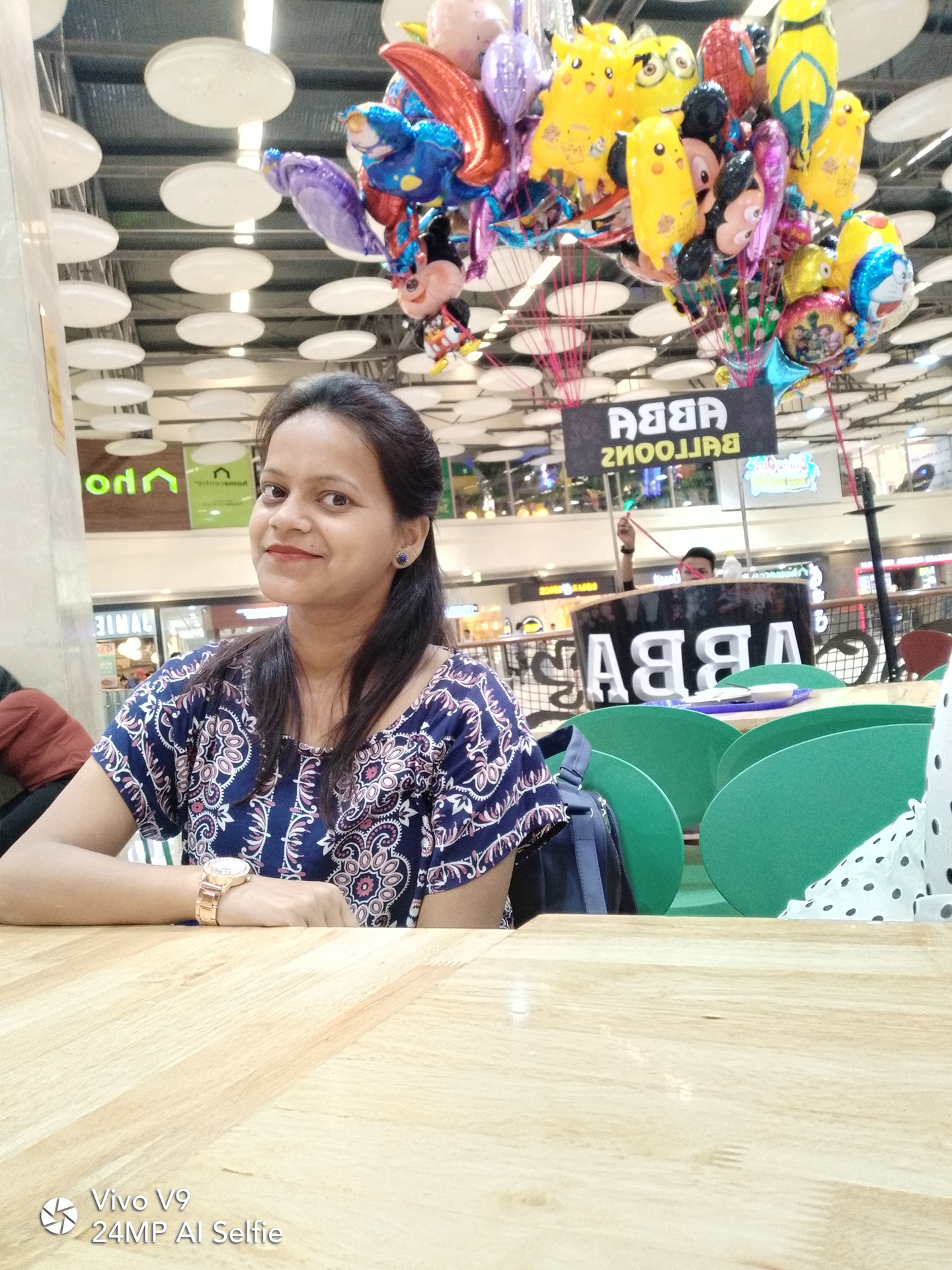Courses
Grow skills with quality courses



The primary teaching classroom stands out as a very dynamic environment where students from different backgrounds with varying abilities and personalities are brought together. It is thus important to be an effective teacher who can implement the creative and innovative teaching strategies in order to meet the individual needs of the students. Whether you have been in the teaching profession for two months or twenty years, knowing the right teaching method to choose that will work best for the students is far from an easy task. You may find the job a little easier if you have taken a course for primary school teachers. 1. A teacher cannot be expected to enjoy the benefits of a one-size-fits-all solution. In that regard, here is a look at a range of effective teaching strategies that can be used for inspiring the classroom while on a primary teaching. Active Listening is the Most Important Skill for Primary Teaching Active listening can be used as a teaching method to assist the children who may lack the verbal skills necessary to express themselves fully. Active listening is in many ways similar to play-by-play sportscasting where teachers describe activities and behaviors to the children while performing the action. Active listening techniques taught during every primary teacher training program also help at the moment of exchange between students when feeling remain improperly expressed. Not only is active listening of big assistance in helping to resolve classroom conflicts, it also provides an aid to teachers by streaming directions and information to the primary students. 2. Constructive Feedback Offering positive feedback is one way a primary educator can help educate and guide the students. Constructive feedback offers direct praise for a job well done. By incorporating this method into the classroom, teacher acknowledge the children when they are carrying out some task or following directions. It also gives encouragement to other children to follow the lead of the child who has just received praise. Praising a child for good behavior has a far better impact than punishing a student who is having a hard time following the rules. 3. Peer Teaching Children exhibit a sense of trust and interest in each other – this can be a focus area for teachers as a prospective method of teaching. Peer teaching provides encouragement to the children to help each other and also to work together. If one child is excelling in an area where another child is experiencing difficulty then by teaming the two together in a joint project, they will be encouraged to learn from one another. Peer teaching as a primary teacher can also help in individual projects that can be presented to the peers. 4. Task Lists Working together often gives encouragement to learning and community building among the children. Creating classroom lists or job charts is a means of listing and tracking the daily duties that need completion. The student of primary school should be allowed to select who is in charge for the day and who gets to complete specific tasks mentioned on the slit. Working together provides encouragement to classroom harmony and allows the children to take turns in terms of being in charge of a task. This further enables development of self-esteem and encourages communication. 5. Behavior Management Having in place an effective behavior management strategy is crucial in primary teaching for gaining the respect of the students and ensuring that they have an equal chance of reaching their full potential. Noisy, disruptive classroom do not provide encouragement for a productive learning environment so, developing an atmosphere of mutual respect through a combination of reward and discipline can prove beneficial for both the teacher and the students. Some of the ideas that can be put in place are fun and interactive reward charts for the younger students where they can move up or down based on their behavior while the top students earn a prize at the end of the week. 6. Staying Educated A key aspect often highlighted as part of a course for primary school teachers is to keep oneself abreast of the developments in the field. While many of the aspects of primary teaching are largely focused on teacher-to-student interactions, the educators can make use of professional development tools and outside learning options for their personal knowledge development. By staying updated on the trends and ideas in primary education, teachers can introduce these new ideas and teaching methods into the classroom for more effective communication of their instructions thus helping to make learning more constructive in the classroom.
